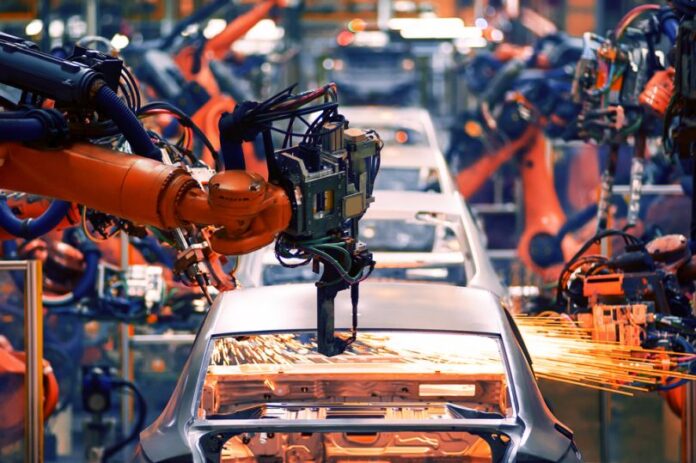LAHORE: Federal Minister of Energy Khurram Dastgir headed a delegation to deliberate on the nation’s progression towards alternative renewable energy at the Future Energy Asia Conference (2023) in Bangkok. The conference, organised by USAID, centred on ‘Emerging Clean Energy Investment Opportunities in Pakistan’.
The delegation encompassed distinguished individuals such as Power Division Additional Secretary Amjad Majeed Khan, Private Power and Infrastructure Board (PPIB) Managing Director Shah Jahan Mirza, and Alternative Energy Development Board (AEDB) Director Syed Aqeel Hussain Jaffri.
Dastgir emphasised Pakistan’s National Electricity Policy 2021 objectives, which are in alignment with the Sustainable Development Goals (SDGs) and aspire for 60% alternative renewable energy utilisation and a 30% proportion of electric vehicles (EV) by 2030. He also imparted that Pakistan’s clean energy amalgamation had already attained 6%, with an installed capacity of 2,436 megawatts.
Dr. Naveed Arshad, an Associate Professor at LUMS, asserts that “Pakistan’s ’30 by 30′ target remains attainable. Honestly, I don’t believe we possess any alternative options.” A recent report by the Urban Unit elucidates that “83% of Lahore’s pollution is attributable to the transportation sector. The adoption of electric vehicles (EVs) has become a do or die situation for Pakistan now,” Arshad continues.
Where does the situation stand right now?
“Regulatory impediments and a dearth of financing for electric vehicles (EVs) are current challenges. The situation remains tenuous, and obstacles abound,” muses Arshad..
“Despite the presence of twenty-two registered two and three-wheeler EV manufacturers with the Engineering Development Board (EDB), only a handful have displayed their product portfolio. Moreover, Punjab and Sindh have yet to permit the registration of electric three-wheelers,” bemoans Arshad.
Is their hope on the horizon for the target?
“With some stability, I hope the government can spare time for electric vehicles (EVs) and take up the matter again,” states Arshad. “There’s a plethora of financing available for this internationally, and there’s a multitude of actions we can undertake with this,” he continues.




